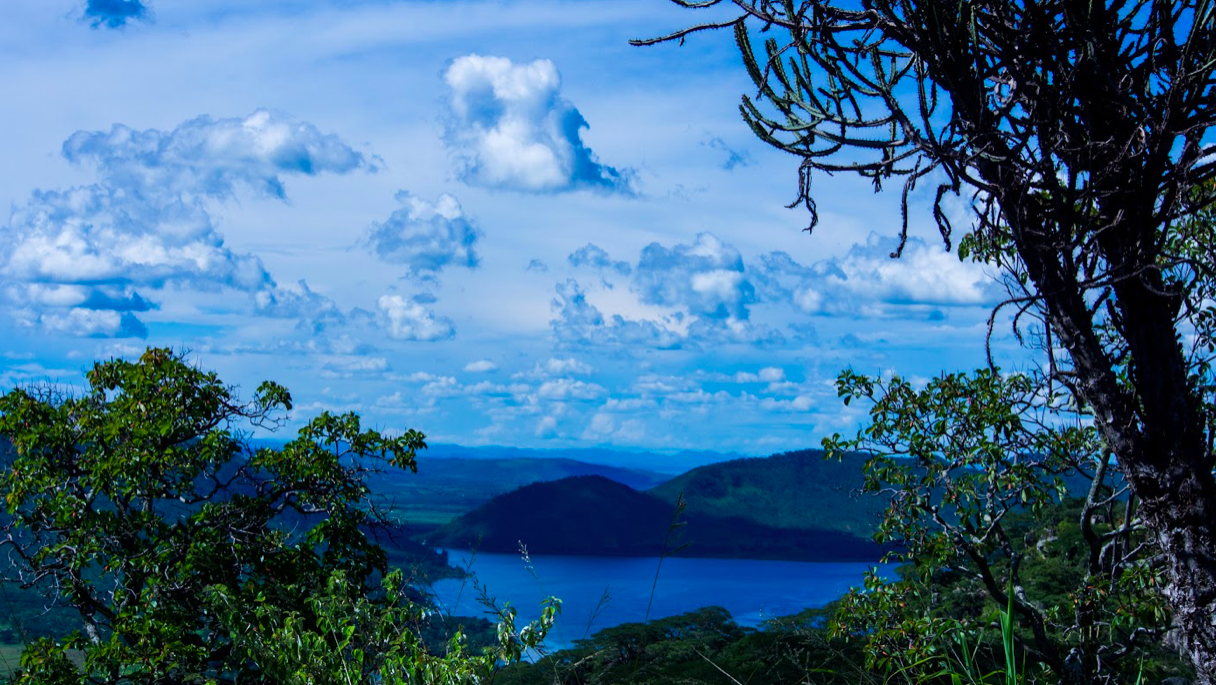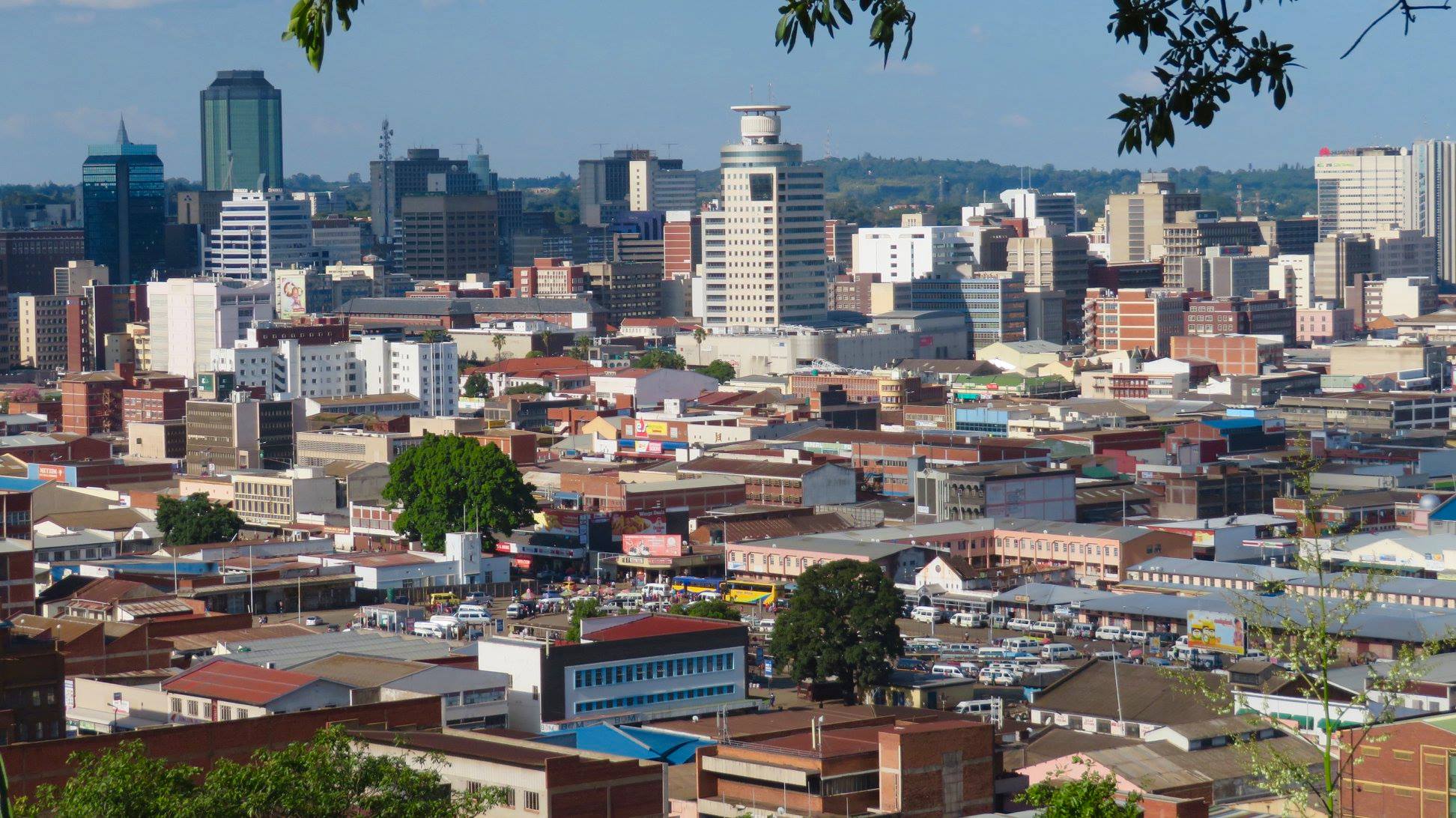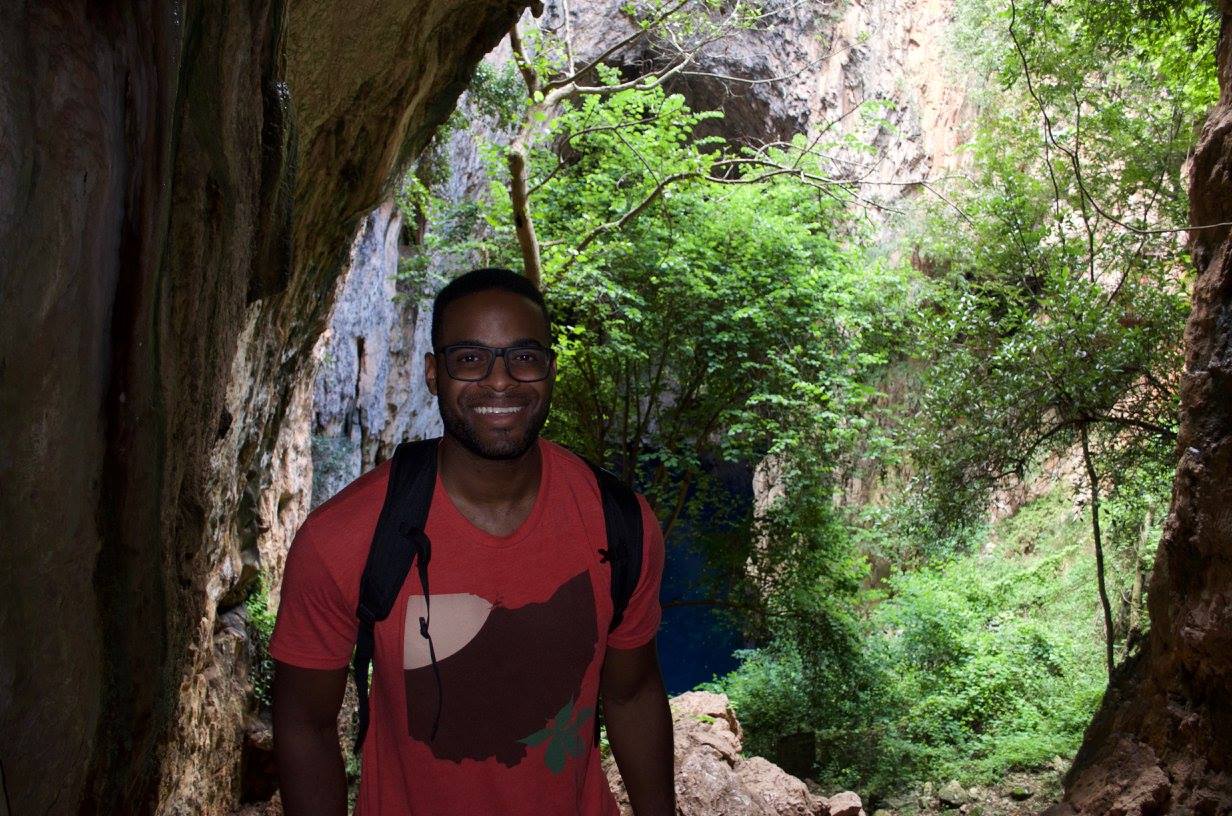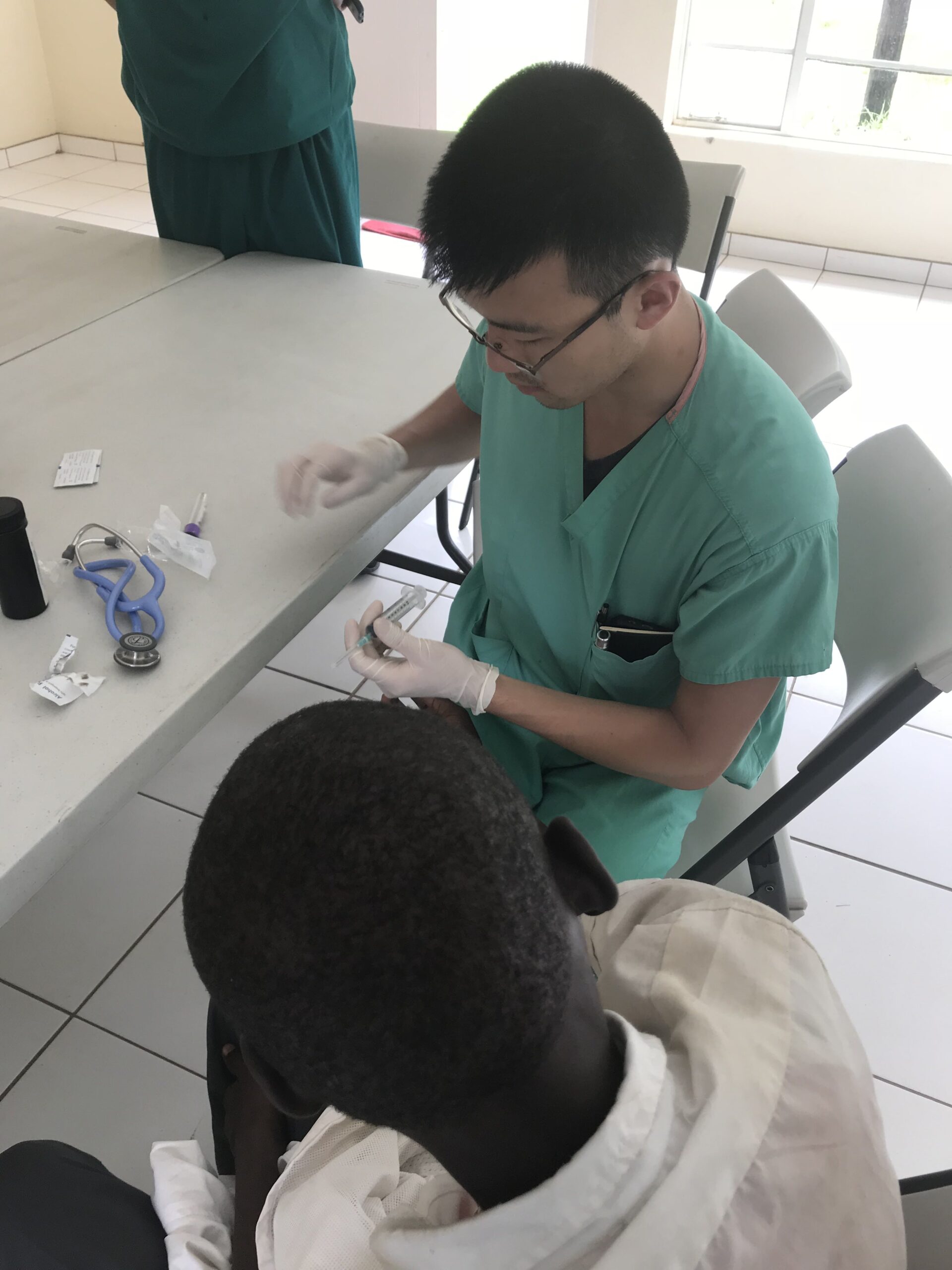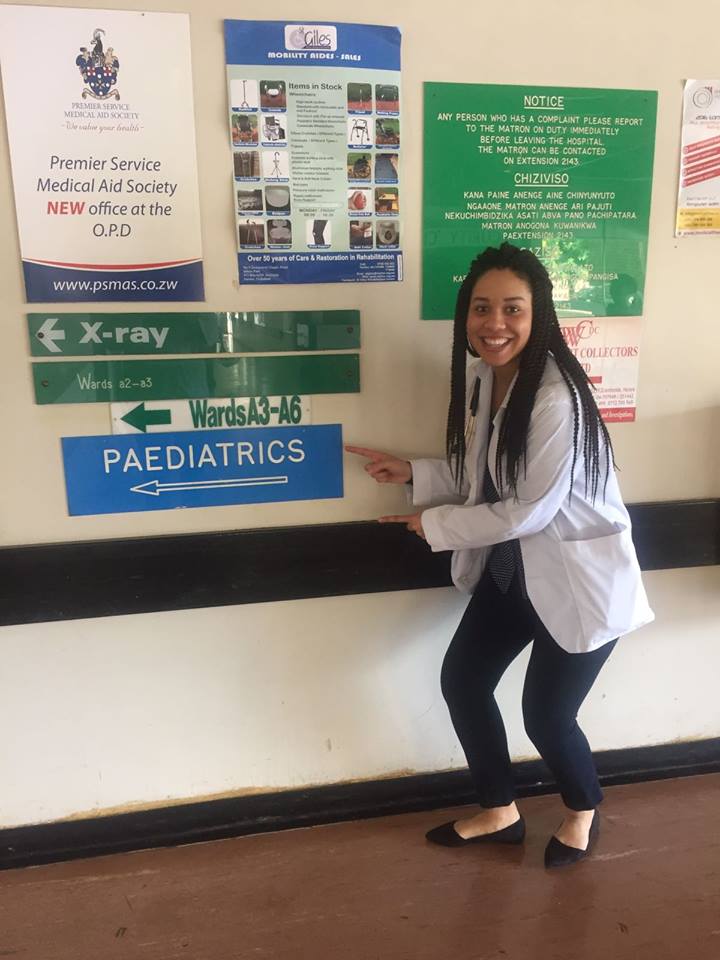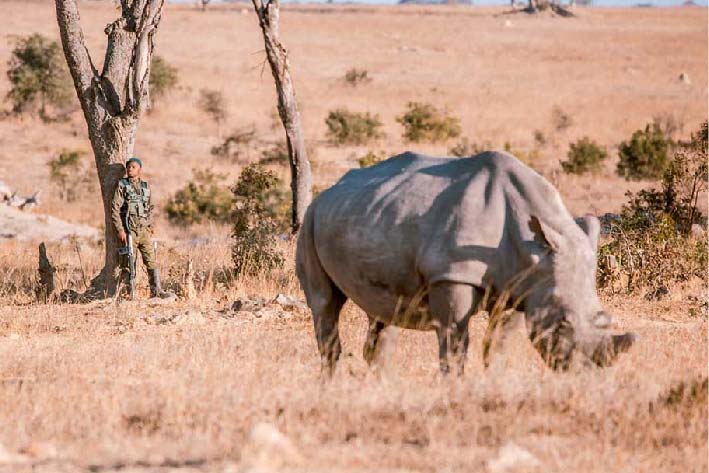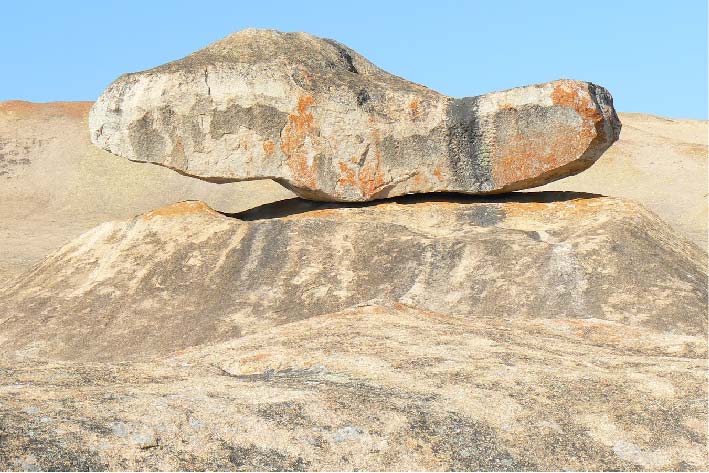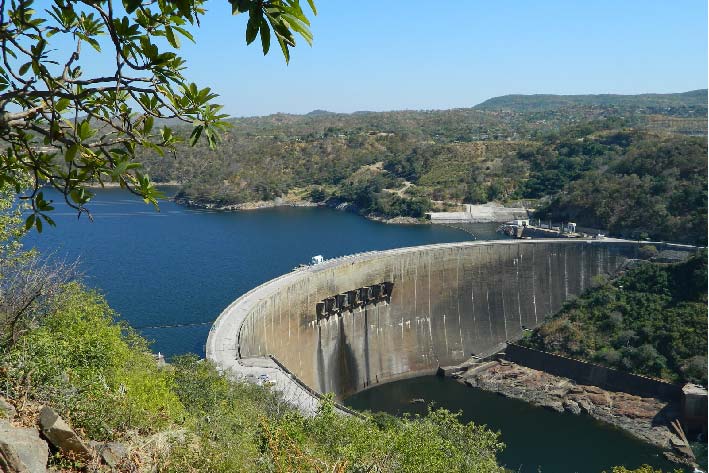Harare
The capital city, and commercial hub of Zimbabwe, dubbed to have the best sunshine in the world. You will arrive at Robert G. Mugabe International Airport, where our friendly staff will be waving a big “Tiritose Sustainable Travel” sign welcoming you to the adventure of a lifetime! We will take you on a comprehensive orientation programme, providing background information on Zimbabwe, which will help put the upcoming tour in perspective. You will be able to appreciate the many contrasts that exist in present day Zimbabwe, and the legacy of colonialism.
Accommodation: Bronte Garden Hotel: shared rooms, with twin beds and ensuite bathrooms in downtown Harare.
Honde Valley
Located in eastern Zimbabwe, and the best place to watch the sunrise while the birds sing to you. It is flanked by hills and mountains, and the home of tea, coffee and fruit agricultural production. It belongs to the Eastern Highlands region, a section of the country that together is arguably the most beautiful in Zimbabwe. A fiercely contested area during the war of liberation, hence, has bred a politically conscious population. We will discuss the scramble for Africa by the early colonists, and juxtapose these with tours of the tea, coffee estates, and mountain walks.
Accommodation: Aberfoyle Lodge: shared rooms, with two single beds in each room.
Masvingo
The most important and enigmatic, historic monument in Zimbabwe. The site provides an opportunity to delve deep into the pre-colonial history of Zimbabwe, and early African civilisation. Great Zimbabwe is the largest stone structure south of the Sahara. It is so grand that early colonists and archaeologists were forced to revise their beliefs about the native inhabitants, whom they could not conceive as possessing such aptitude to construct a fine piece of architecture.
The location of Great Zimbabwe presents a unique opportunity to see and live through the greatest and most accomplished in African pre-colonial history. While at Great Zimbabwe, there will be an opportunity to visit the nearby Kyle Recreational Park, where you will have an introduction to Zimbabwe’s wildlife, including the endangered Black & White Rhinoceros, visits to local bushman rock art as well as fishing and boating on Lake Mutirikwi.
You can also look forward to our campfire discussions and reflections under the African stars!
Accommodation: Norma Jeane’s Lakeview Resort: shared rooms, with two single beds in each room
Bulawayo and Matobo National Park
Bulawayo is the second largest city, cultural and until recently also the industrial/manufacturing capital of Zimbabwe. It is the place where the first organised black resistance movement stemmed from. The city provides a unique contrast to Harare, with its mixture of low and high-rise buildings, fading colonial houses with wide verandas, all adding to the relaxed and attractive atmosphere.
About 40 minutes, southwest of Bulawayo lies a UNESCO World Heritage Site: Matobo Hills. Here, you will find the expanse of granite hills and caves, hiding the rich legacy of parietal art left by San or Bushmen.
Accommodation: Holiday Inn: shared rooms, twin beds and ensuite bathrooms
Victoria Falls
A place that needs no introduction to the world, one of the 7 Natural Wonders on the UNESCO World Heritage Sites list. There is, however, more to this town than the largest falling curtain of water on offer at this central hub of African tourism. Archaeological findings from the area has yielded stone artefacts from more than 3 million years ago. The Tonga people have occupied the Victoria Falls area since the 12th Century and have largely remained inhabitants of the area. In addition to the rich history from David Livingstone in 1855, to the beginnings of infrastructure development and rail network, to present day tourism for sustainable development, and the impending forced removals of over 20,000 inhabitants to pave way for the Batoka Gorge Hydro Power Project.
Accommodation: Dzimbabwe Lodge: shared twin rooms with ensuite bathrooms.
Kariba
A resort town, built on the steep hills, 370 kilometres above the Lake. Home to the Legend of the Nyami Nyami ‘The River God’, which locals believe to have lived in the depths of the Lake and was separated from the female Nyami Nyami when the bridge was constructed in order to facilitate for the hydro-electric power plant that remains today. Approximately fifty thousand people were displaced on both the Zimbabwe and Zambia sides in order to make way for the construction of the project. Paradoxically, the construction of the power station is said to be the World Bank’s most successful project in the world.
There are several islands and wildlife parks surrounding Kariba, including the Chewore Safari Area where Dinosaur footprints were found and are reserved to this day.
Accommodation: Cerruti Lodge: shared rooms with communal bathrooms.
Mana Pools
One of the world’s widest and naturally preserved ecological areas, and a UNESCO World Heritage Site and Ramsar Site, Wetland of International Importance. Remote wilderness, without mass tourism, it is mostly untouched and undisturbed wilderness area. Deriving its name Mana from the number four ‘4’, in the Zimbabwean Shona language - taken from the four pools, remnant ox-bow lakes left by the Zambezi River over a thousand years ago as its course moved north.
Accommodation: Chalets overlooking the pools, four people in each chalet




